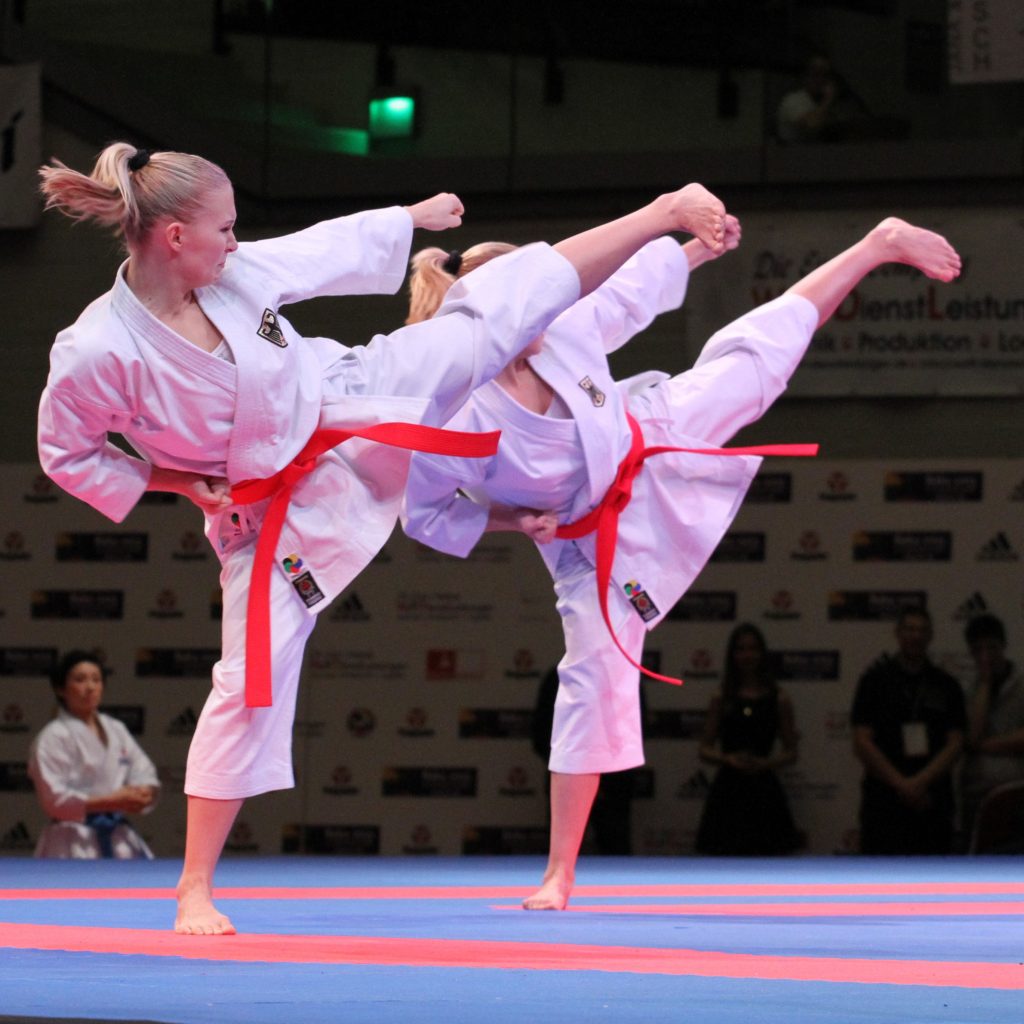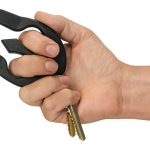I. Introduction
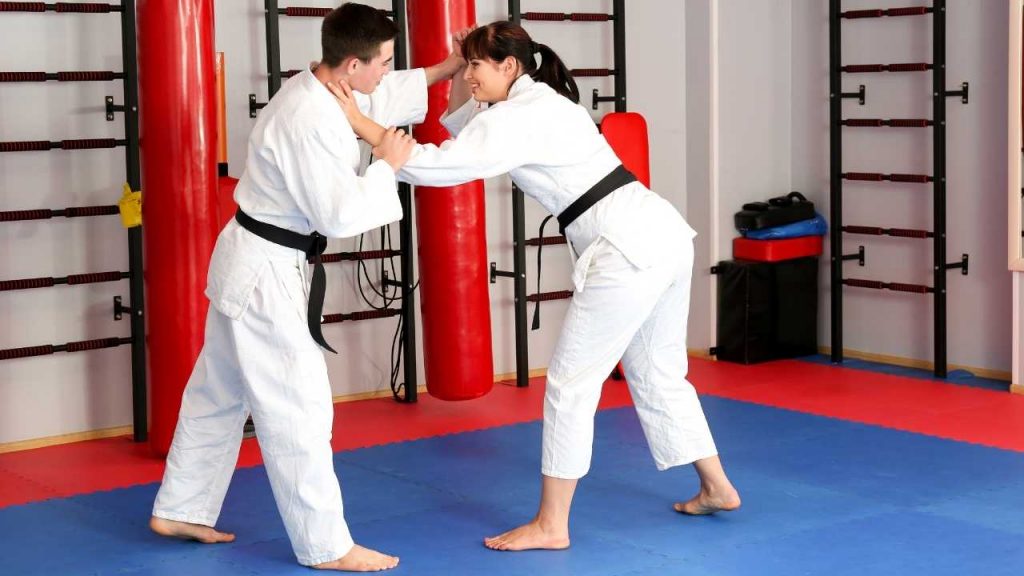
A. Importance of self-defense and martial arts
Self-defense is a crucial skill in today’s world, and martial arts offer effective techniques and strategies for personal protection. This article aims to guide readers in selecting the best martial art for self-defense by considering various factors.
B. Overview of the article’s content on selecting the best martial art for self-defense
This article will explore key factors to consider when choosing a martial art for self-defense. It will provide insights into personal goals and needs, the importance of realistic techniques, and physical and mental training requirements.
II. Factors to Consider when Choosing a Martial Art for Self-Defense
A. Understanding personal goals and needs
- Assessing individual fitness level and capabilities
When selecting a martial art for self-defense, it is important to consider your current fitness level and physical abilities. Some martial arts may require a higher level of physical fitness or agility, while others may be more accessible for beginners.
- Identifying specific self-defense objectives
Different martial arts emphasize different aspects of self-defense, such as striking, grappling, or a combination of both. It is important to identify your specific self-defense goals and choose a martial art that aligns with those objectives.
B. Realistic and practical techniques
- Focus on effective striking and grappling techniques
Effective self-defense martial arts should prioritize techniques that work in real-world situations. Striking techniques, including punches, kicks, and knee strikes, should be practical and applicable. Additionally, grappling techniques that involve joint locks, submissions, and takedowns can be valuable skills for self-defense.
- Integration of techniques for realistic street encounters
Choosing a martial art that integrates techniques specifically designed for street encounters is important. Self-defense scenarios often involve unpredictability, multiple attackers, and potential use of weapons. Martial arts that address these factors and provide effective self-defense strategies in such situations should be considered.
C. Physical and mental training requirements
- Evaluating the level of physical fitness and conditioning necessary
Some martial arts require a higher level of physical fitness and conditioning due to the demanding nature of the techniques and training. Consider your current fitness level and be prepared to commit to the necessary physical training required by the martial art you choose.
- Considering mental discipline and psychological aspects of training
Self-defense training involves mental discipline, situational awareness, and emotional control. Some martial arts emphasize mental fortitude, focus, and the ability to remain calm under pressure. Consider whether the martial art aligns with your personal mindset and willingness to invest in mental training.
III. Martial Arts Options for Self-Defense
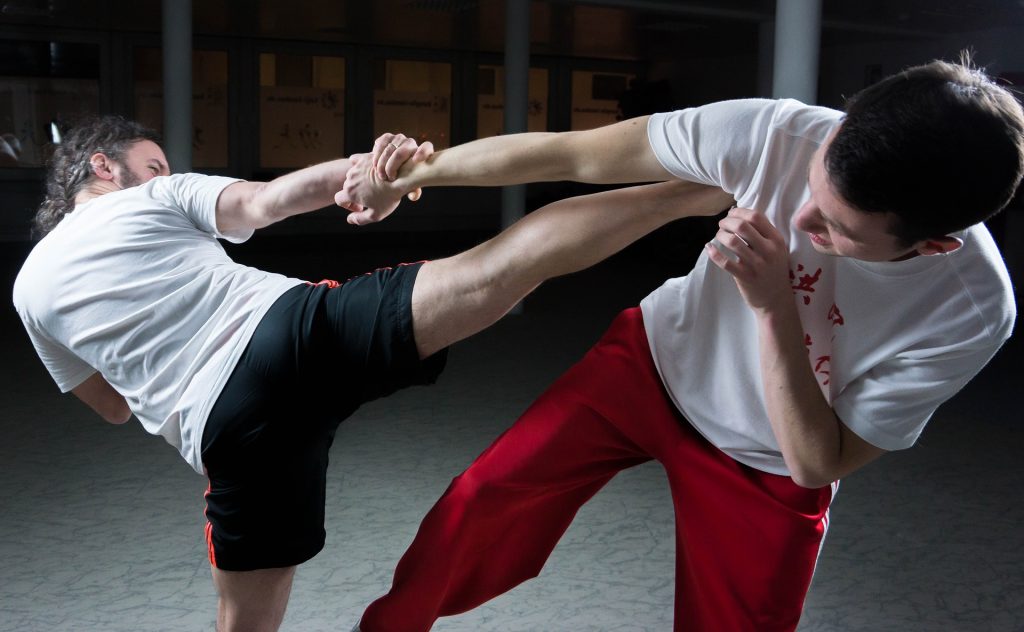
A. Krav Maga
- Origin, principles, and techniques a. Originating in Israel, Krav Maga was developed for self-defense in real-world scenarios. b. It focuses on practical techniques that are easy to learn and apply, emphasizing efficiency and effectiveness.
- Emphasis on real-world scenarios and practical self-defense a. Krav Maga incorporates simulated real-life situations, preparing practitioners for a variety of threats. b. It teaches techniques to quickly neutralize attackers and escape dangerous situations.
B. Brazilian Jiu-Jitsu
- Core principles and techniques a. Brazilian Jiu-Jitsu (BJJ) focuses on grappling and ground fighting. b. Techniques prioritize leverage and body positioning to control and submit opponents.
- Leveraging body positioning and submission holds for self-defense a. BJJ teaches practitioners how to use technique and leverage to defend against larger, stronger attackers. b. It emphasizes the ability to immobilize and submit opponents without relying on strikes or striking defense.
C. Muay Thai
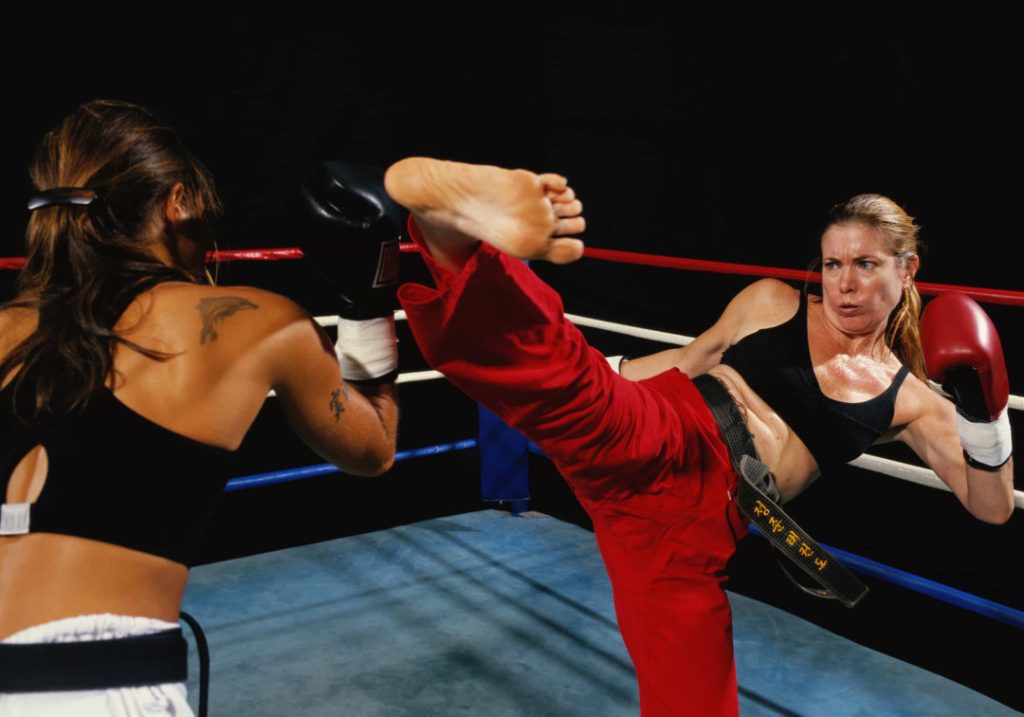
- Striking techniques and offensive strategies a. Muay Thai, also known as “The Art of Eight Limbs,” utilizes fists, elbows, knees, and shins for striking. b. It focuses on powerful strikes and combinations to overwhelm opponents.
- Conditioning and effective use of elbows, knees, and shins a. Muay Thai training includes heavy bag work, pad drills, and sparring to develop power, endurance, and technique. b. It teaches how to effectively utilize elbows, knees, and shins for both offensive and defensive purposes.
D. Boxing
- Fundamental striking techniques and footwork a. Boxing primarily focuses on punches, with an emphasis on technique, speed, and accuracy. b. Footwork and head movement are crucial elements in boxing, enabling evasive maneuvers and angles of attack.
- Focus on honing punching skills and defensive maneuvers a. Boxing training involves shadow boxing, bag work, pad drills, and sparring to refine punching technique and defensive skills. b. Defensive maneuvers such as slips, rolls, and blocks are emphasized to avoid incoming strikes.
E. Krav Maga vs. Brazilian Jiu-Jitsu vs. Muay Thai vs. Boxing
- Comparison of key features, strengths, and limitations a. Krav Maga excels in practical self-defense, emphasizing quick and efficient techniques. b. Brazilian Jiu-Jitsu is effective in ground fighting and submission holds, offering leverage-based alternatives. c. Muay Thai focuses on powerful strikes and offensive strategies with a full range of attacks. d. Boxing hones punching skills and defensive maneuvers, providing a solid foundation in striking.
- Considering individual preferences and priorities a. Individuals should consider their own goals, physical capabilities, and preferences when choosing a martial art for self-defense. b. Personal compatibility with the philosophy, training methods, and culture of each martial art should also be considered.
IV. Supplementing Martial Arts Training for Self-Defense
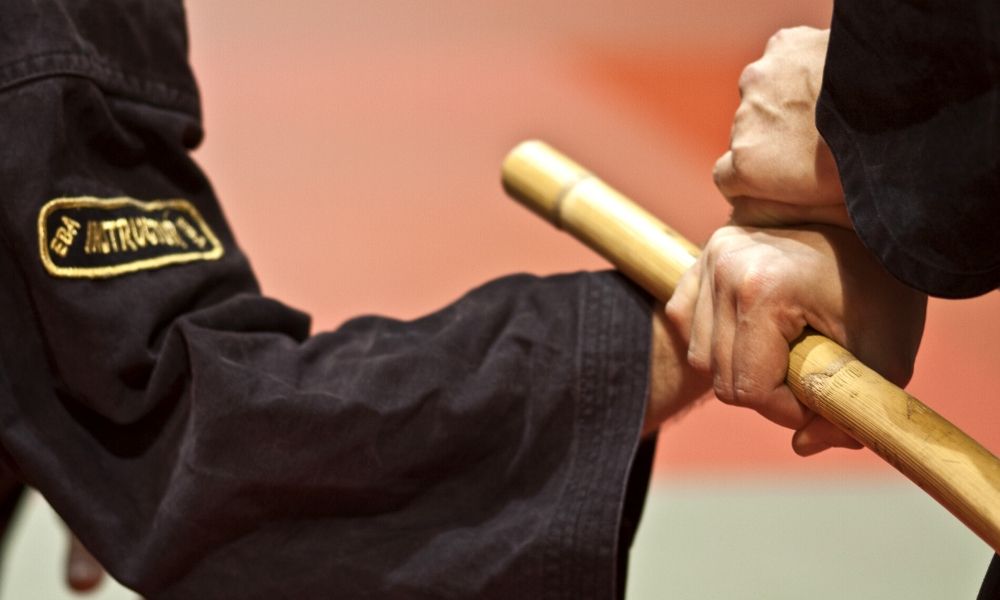
A. Awareness and avoidance strategies
- Recognizing potential threats and dangerous situations a. Developing situational awareness to identify potential dangers and threats in the environment. b. Learning to trust instincts and avoiding potentially dangerous situations whenever possible.
- Practicing verbal and non-verbal de-escalation techniques a. Developing communication skills to defuse potentially violent encounters through verbal techniques. b. Non-verbal cues, body language, and assertiveness can help deter attackers or resolve conflicts peacefully.
B. Cross-training and multiple disciplines
- Benefits of combining different styles and techniques a. Cross-training can provide a well-rounded skill set by incorporating strengths from various martial arts. b. It enhances versatility and adaptability in self-defense situations by offering a broader range of techniques.
- Enhancing versatility and adaptability in self-defense situations a. Knowledge and training in multiple disciplines improve problem-solving skills and response strategies. b. It allows individuals to respond effectively to a wider range of potential self-defense scenarios.
V. Conclusion
In conclusion, selecting the best martial art for self-defense depends on various factors, including personal goals, preferences, and physical capabilities. Krav Maga, Brazilian Jiu-Jitsu, Muay Thai, and Boxing are all viable options with unique strengths and advantages. Additionally, supplementing martial arts training with awareness and avoidance strategies and cross-training in different disciplines can further enhance self-defense skills. Ultimately, finding the best martial art for self-defense requires careful consideration and personal exploration to match individual needs and goals effectively.

